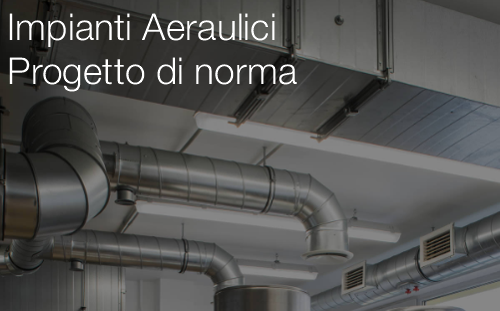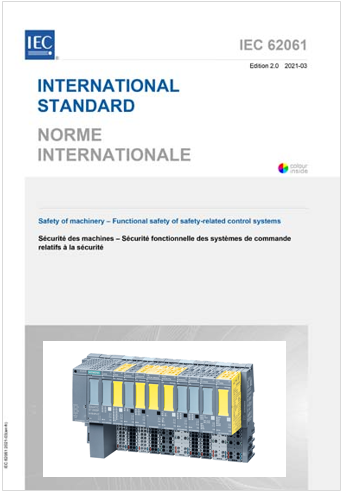This International Standard has been prepared to be a Harmonized Standard to provide one means of conforming to the Essential Safety Requirements of the Machinery Directive of the European Union and associated EFTA regulations.
This International Standard is a type-C standard as defined in ISO 12100:2010.
The machinery concerned and the extent to which hazards, hazardous situations and events are covered is indicated in the Scope of this International Standard. In addition, turning machines shall comply as appropriate with ISO 12100:2010 for hazards which are not covered by this International Standard.
When provisions of this type-C standard are different from those which are stated in type-A or -B standards, the provisions of this type-C standard take precedence over the provisions of the other International Standards for machines that have been designed and built in accordance with the provisions of this type-C standard.
The requirements of this International Standard concern designers, manufacturers, suppliers and importers of machines described in the Scope.
This International Standard also includes a list of informative items to be provided by the manufacturer to the user.
Scope
This International Standard specifies the requirements and/or measures to eliminate the hazards or reduce the risks in the following groups of turning machines and turning centres, which are designed primarily to shape metal by cutting.
- Group 1: Manually controlled turning machines without numerical control.
- Group 2: Manually controlled turning machines with limited numerically controlled capability.
- Group 3: Numerically controlled turning machines and turning centres.
- Group 4: Single- or multi-spindle automatic turning machines.
NOTE 1 For detailed information on the machine groups, see the definitions in 3.5, features and limitations in 5.1.1 and mandatory and optional modes of operation in 5.1.2.1.
NOTE 2 Requirements in this International Standard are, in general, applicable to all groups of turning machines. If requirements are applicable to some special group(s) of turning machines only, then the special group(s) of turning machine(s) is/are specified.
NOTE 3 The automatic exchange of clamping devices are excluded from this standard
This international standard takes account of intended use, including reasonably foreseeable misuse, maintenance, cleaning, and setting operations. It specifies access conditions to operators positions and manual load/unload stations. It presumes accessibility to the machine from all directions. It describes means to reduce risks to operators and other exposed persons.
This international standard also applies to workpiece transfer devices including transport devices for loading/unloading when they form an integral part of the machine.
This international standard deals with significant hazards relevant to turning machines when they are used as intended and under the conditions foreseen by the manufacturer (see 4).
Risk analysis of hazards arising from other metal working processes (e.g. grinding, milling, friction welding, forming, electro discharge, laser processing) are covered by other standards (see Bibliography). However, if additional milling and grinding operations are provided hazard arising from additional clamping condition and ejection of parts shall be considered.
This International Standard also applies to machines which are integrated into an automatic production line or turning cell in as much as the hazards and risks arising are comparable to those of machines working separately.
This International Standard also includes a minimum list of safety-relevant information which the manufacturer has to provide to the user. See also ISO 12100:2010, Figure 2, which illustrates the interaction of manufacturer's and user's responsibility for the operational safety.
The user's responsibility is to identify specific hazards (e.g. fire and explosion) and reduce the associated risks can be critical (e.g. whether the central extraction system is working correctly).
This International Standard applies to machines that are manufactured after the date of issue of this International Standard.

